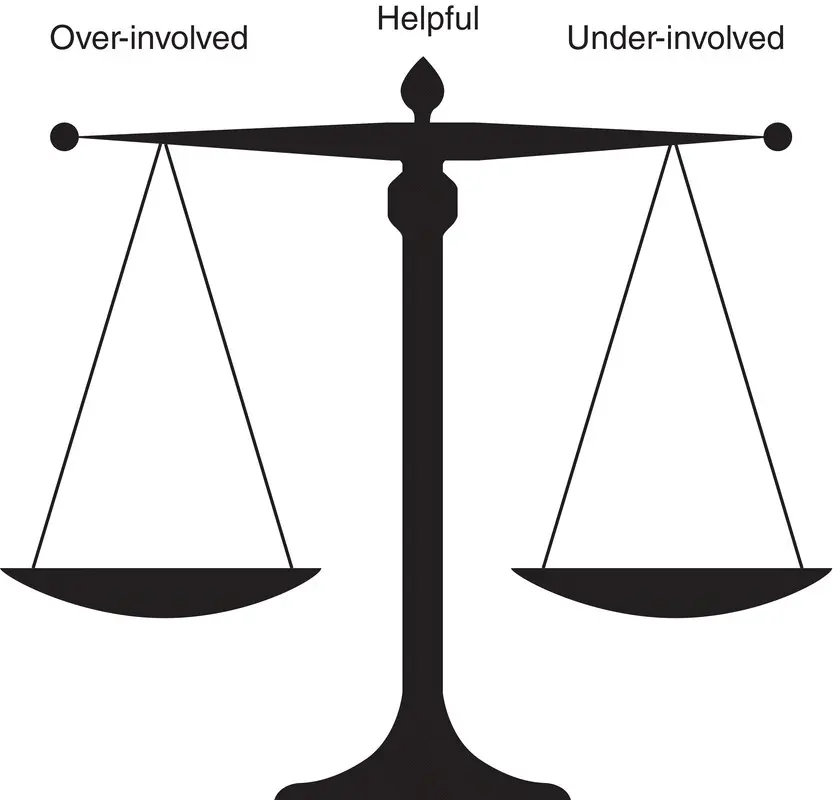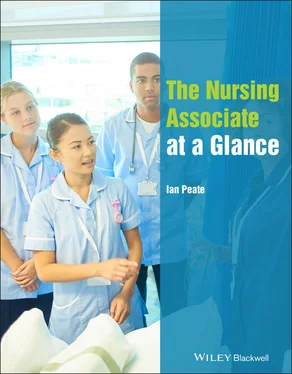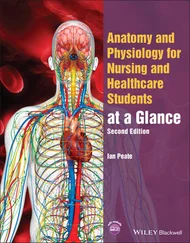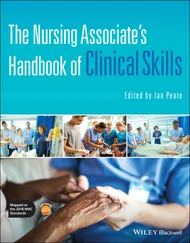It may sound obvious to say that ‘It's how you say it that's important’, but this is so true.
At the core of everything that is done, everything we do in our work and also outside of work, communication is central. It is key to how we learn, how we perform at work and how we enjoy our non‐work interests. Effective communication is especially important when the Nursing Associate and other health and social care professionals offer healthcare and support, where those we offer care and support to (including families) might feel vulnerable, alone, isolated and scared. It is also important because the Nursing Associate works as an integral part of the health and social care team where effective communication is key to helping deliver safe, coordinated and effective care.
Engaging with patients and their families
Every contact counts. All health and social care organisations are responsible for health, well‐being, care and safety and each one of us has the opportunity to impact people’s mental and physical health and well‐being.
At all levels, good, honed communication skills are needed if interventions are to be effective. These interventions begin with the signals that the Nursing Associate gives out when they approach a person; this is even before your interaction has begun. People subconsciously pick up signals from you, and this has the ability to influence whether or not they feel they want to interact with you or not, whether or not they trust you. See Boxes 9.1and 9.2.
Good communication can help people feel at ease. It is not unusual for people who need health and social care services to express anxieties about their health. They may have anxieties about the variety of tests and investigations they are to undergo, the outcomes of the tests and what the future might hold for them. People react in different ways to stressors or the anxieties that they are facing, and this may sometimes lead them to behave in ways they would not normally behave. For example, they may speak out of character; they might come across as being rude or even aggressive. When the Nursing Associate has effective communication skills and uses them, this can reduce their anxiety, and it can also help to build their confidence.
Nursing Associate–patient communication is underpinned by robust interpersonal relationships. When relationships are meaningful, the Nursing Associate can engage the patient in their care. Simple but well‐thought‐out communication strategies are essential. Table 9.1provides a range of exercises that may help you become more self‐aware and hone the ways in which you care for and approach people.
Making positive connections with patients and others requires the Nursing Associate to listen with attention and to frequently demonstrate to the patient that they have unconditional positive regard for that person.
Unconditional positive regard
By using verbal and non‐verbal communication skills, the Nursing Associate can offer the three central requisites of all therapeutic relationships to patients: empathy, genuineness and unconditional positive regard. Having and displaying unconditional positive regards means that you respect the other person as a human being.
Unconditional positive regard involves taking a non‐judgemental attitude towards the person, accepting and respecting them for who and what they are. This is not always easy. Unconditional positive regard can be a very difficult skill to learn; it is also, however, a very important one. Sometimes a conflict may arise between the patient’s and the Nursing Associate’s beliefs and values. It is important to note these differences and conflicts and to develop your helping skills in such a way that any conflict is minimised or, even better, resolved. Any patient in any care setting should be able to feel as if they can freely, without fearing retribution, express their emotions. They should not be made to feel ashamed or humiliated or anxious as to what the Nursing Associate might think of them. The job of the Nursing Associate is to put aside their personal prejudices and offer people a safe and accepting environment.
The Nursing Associate has to put aside any pre‐judgements and opinions, accepting the patient at face value and not to allow any judgements that impact the relationship with the patient as this could adversely affect the care and treatment given.
10 Maintaining appropriate relationships
At the point of registration, the Nursing Associate will be able to:demonstrate the skills and abilities required to develop, manage and maintain appropriate relationships with people, their families, carers and colleagues

Figure 10.1 Getting the balance right.
Box 10.1Being helpful and avoiding boundary violation.
Being helpful when implementing care:
You must treat all patients, at all times with dignity and respect.
Inspire confidence in patients by speaking, acting and dressing professionally.
Talk about and treat patients and their families respectfully.
Be fair and consistent with each patient to inspire trust, amplify your professionalism and enhance your credibility.
Behaviours that should be avoided when planning and implementing patient can include:
Discussing your intimate or personal issues with a patient
Keeping secrets with a patient or for a patient
Spending more time with a patient or re‐visiting the patient when you are off‐duty or out of uniform
Engaging in any behaviour that could be misinterpreted as flirting (the Nursing Associate needs to understand the difference between a sincere compliment that has the potential to develop the patient’s self‐esteem and one that could be understood as flirtatious)
Taking a patient’s side when there is a disagreement between the patient and their spouse or the patient and members of their family.
Box 10.2The Six Ps and social media.
Professional – Act professionally at all times.
Positive – Keep posts positive.
Person free, patient free – Keep posts person or patient free.
Protect yourself – Protect your professionalism, your reputation and yourself.
Privacy – Keep personal and professional lives separate. Check privacy settings and respect privacy of others.
Pause before you post – Consider the implications of what you are posting. Avoid posting in haste or in anger. Do not respond to other posts in haste.
By virtue of our profession, there are situations in which our designated boundaries permit for intimate entry into another person's/people’s life experiences.
The Nursing Associate–patient relationship
A therapeutic Nursing Associate–patient relationship is seen as a helping relationship that is based on shared trust and respect. This special caring relationship can develop when the Nursing Associate and the patient come together, and that coming together results in harmony and healing.
Professional boundaries define the relationship that supports a therapeutic connection between the Nursing Associate and the patient. Professional boundaries that are encountered in nursing describe a different and more complex kind of relationship than those professional relationships experienced by people in other careers. The professional relationships Nursing Associates share with patients are privileged relationships, and there is a balance that has to be reached between being helpful, under‐involved and over‐involved (see Figure 10.1).
Читать дальше













